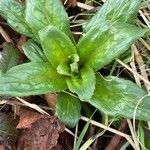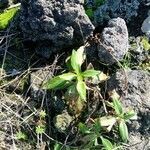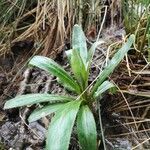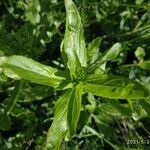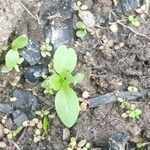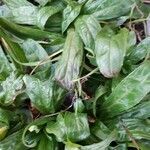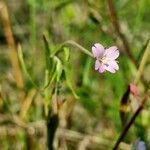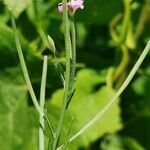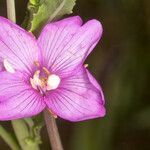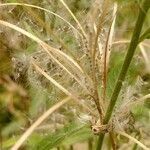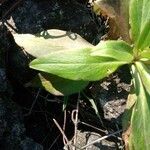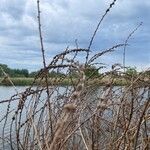Perennial herb, 0.1-1.0 m high; plants strigillose. Leaves narrowly lanceolate, bluish green, denticulate, subsessile and strongly decurrent. Flowers erect at anthesis. Petals 4, rose-purple to white, 2.5-3.5 mm long. Flowering time summer. Fruit a 35-110 mm long capsule; pedicels 1.2-3.0 mm long. Seeds oblong-obovoid, acute at base, coarsely papillose, up to 1.3 mm long, coma up to 10 mm long.
Glabrescent perennial, up to 1.8 m tall, producing leafy basal rosettes in autumn. Leaves narrowly lanceolate, sessile, finely toothed. Flowers solitary in upper axils, pink, stigma club-shaped.
Glabrescent perennial to 1.8 m, producing leafy basal rosettes in autumn. Leaves narrowly lanceolate, sessile, finely toothed. Flowers solitary in upper axils, pink, stigma club-shaped.
A herb. It is erect and has several stems. It grows 0.1-1.3 m high. It keeps growing from year to year. The leaves are in a ring near the base. The flowers are pink, purple or red.
